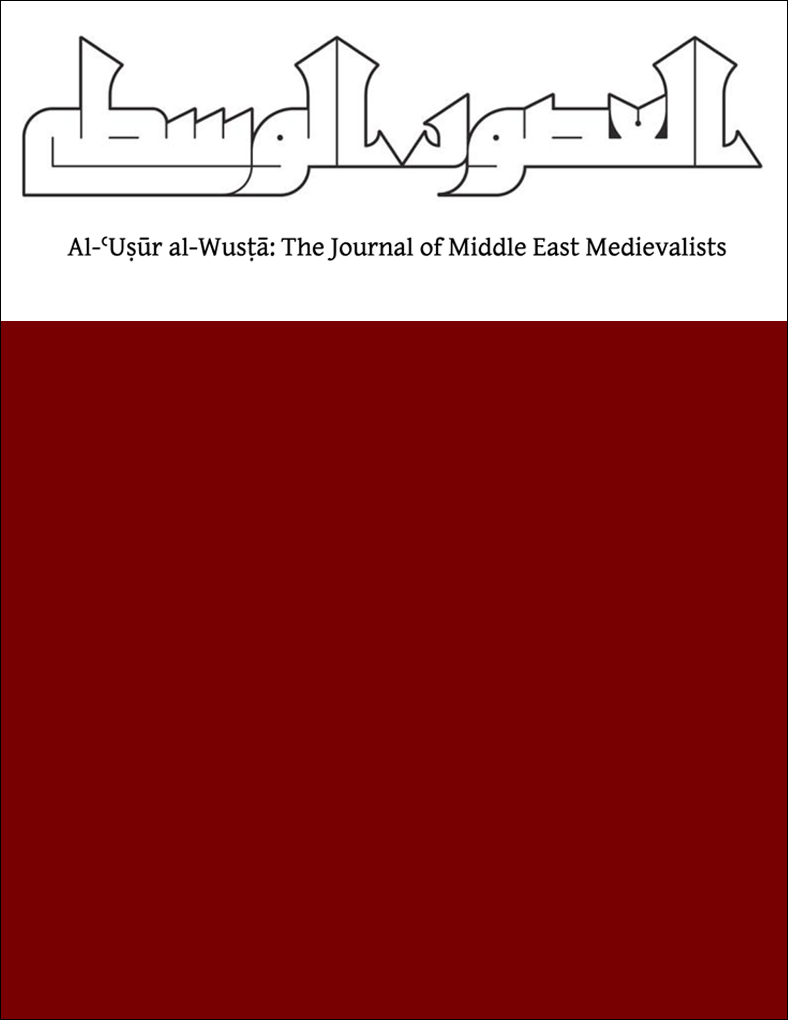Abstract
Though the study of early Islamic identity continues to be a debated field, quite a few scholars have of late suggested that the processes of articulating a clear-cut identity distinct from those of other faiths were complex and took some time, with the year 700 CE or thereabouts often offered as a possible date for the parting of the ways between Muslims, on the one hand, and other religious communities, on the other. Related to the issue of dating is the question of group nomenclature: what did the Arabian believers call themselves, what were they called by outsiders, and how did the different naming practices affect their possible sense of distinctiveness? This article deals with the words islām, muslimūn, and dīn in the late layers of the Qurʾan and in the post-Qurʾanic evidence. I argue that in the Qurʾan, the word al-islām never specifies or names the religion of the believers and that the Qurʾanic word (al-)dīn is most naturally to be understood as “law” or “judgment,” depending on the context, rather than “religion.” Surveying the dated post-Qurʾanic documentary record, I suggest that the appearance of the reified sense of a distinct religion called Islam and its followers, called Muslims, should be dated no earlier than the early second/eighth century. Moreover, scholars have recently taken up the possibility of postprophetic additions in the Qurʾan, suggesting that verses such as 3:19 and 5:3 might contain such interpolations. However, my interpretation of the verses calls this suggestion into question.

This work is licensed under a Creative Commons Attribution-NonCommercial-NoDerivatives 4.0 International License.
Copyright (c) 2023 Ilkka Lindstedt

